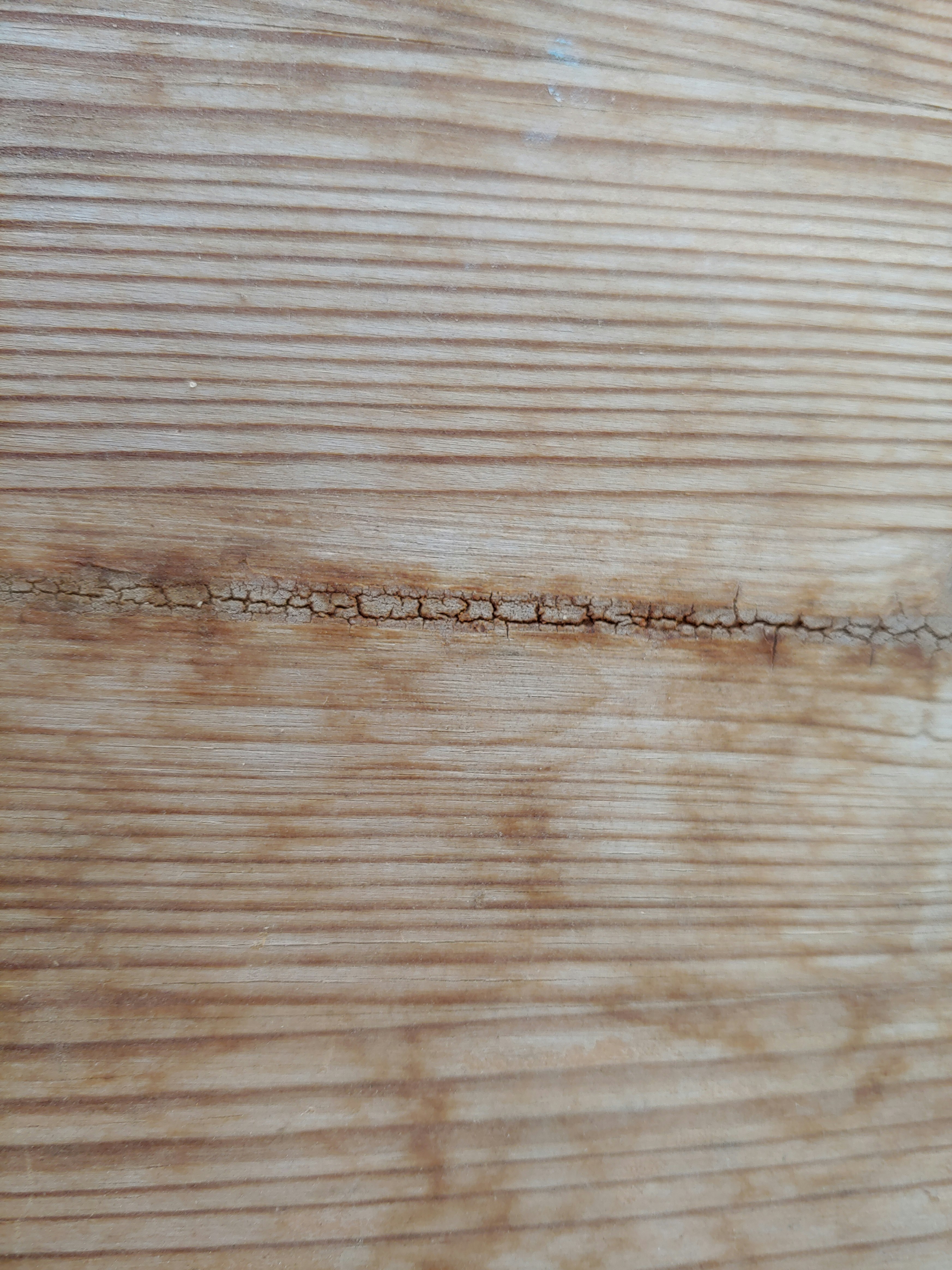Introduction to Wood Movement
Wood movement refers to the natural tendency of wood to expand and contract in response to changes in environmental conditions, particularly humidity and temperature. Wood, as a biological material, possesses an organic structure comprised of cellulose, hemicellulose, and lignin, which collectively form its cellular makeup. This complex arrangement provides wood with both strength and flexibility, but also makes it susceptible to alterations in its size and shape under varying atmospheric conditions.
The phenomenon of wood movement is primarily due to the hygroscopic nature of wood fibers, which absorb and release moisture depending on the surrounding environment. During periods of high humidity, wood fibers swell as they take in moisture, leading to expansion. Conversely, in dry conditions, the fibers lose moisture, resulting in contraction. The extent to which wood will expand or contract can vary significantly depending on species, grain direction, and the initial moisture content of the wood.
Understanding wood movement is critical for woodworking and construction because it directly impacts the longevity and performance of wooden structures and products. For instance, inappropriate handling of wood movement can cause warping, cracking, or joint failures, resulting in costly repairs and maintenance. Recognizing the fundamental principles of how and why wood moves helps woodworkers and builders make informed decisions during design, material selection, and assembly processes, ensuring structural integrity and aesthetic appeal.
In various applications, such as furniture making or home construction, accommodating wood movement is essential. This introduction serves as a foundational concept for further exploring the mechanisms and implications of seasonal expansion and contraction in wood. By assimilating this knowledge, practitioners can better tailor their approaches to responsibly utilize this remarkable material while enhancing the durability and beauty of their projects.
The Science of Wood Structure
Wood, a complex biomaterial, exhibits unique physical properties largely due to its intricate cellular composition. It is primarily composed of cellulose fibers, hemicellulose, and lignin, which together form the cellular structure responsible for wood’s mechanical strength and flexibility. The anatomical elements of wood include fibers that provide tensile strength, vessels that conduct water, and rays that facilitate nutrient storage and transport.
The arrangement of these cellular components leads to variances in wood’s response to changes in moisture content. When humidity levels fluctuate, wood absorbs or releases moisture through its pores, resulting in expansion or contraction. This phenomenon is more pronounced in the radial and tangential dimensions, which is directly influenced by the grain orientation. Wood grain can be categorized as straight, curly, or interlocked, leading to differential movement patterns across species. For instance, hardwoods like oak exhibit more significant tangential movement compared to softwoods like pine, which are generally more dimensionally stable.
Understanding the relationship between wood structure and moisture behavior is essential for predicting how it will perform in different environmental conditions. This becomes particularly relevant for woodworkers and builders who must account for wood movement to prevent issues like warping, cracking, or splitting. By selecting appropriate species and understanding their inherent properties, professionals can mitigate the undesirable effects of wood expansion and contraction. Each type of wood has its own characteristics, and a comprehensive understanding of these variances is crucial for informed decision-making in construction and woodworking applications.
Factors Affecting Wood Movement
Wood movement is significantly influenced by a variety of factors, primarily related to environmental conditions. Humidity and temperature are the foremost elements affecting the expansion and contraction of wood. When moisture levels in the surrounding environment change, wood naturally absorbs or releases moisture, leading to dimensional changes. The rate of this movement is contingent upon the species of wood; for instance, hardwoods and softwoods react differently under the same conditions.
Seasonal changes play a crucial role in wood movement. During humid summer months, wood tends to swell as it collects moisture; conversely, in the drier winter months, it contracts as moisture is lost. This cycle of gain and loss can lead to fluctuations in size that woodworkers must account for. Understanding the equilibrium moisture content (EMC) of wood is vital for predicting how much movement can be expected in differing environmental conditions. A higher EMC will generally lead to an increase in moisture absorption and corresponding swelling.
In addition to these natural factors, external elements such as local climate patterns can impact wood movement. Regions with extreme temperature variations will often see greater fluctuations than areas with stable climates. Indoor heating systems can exacerbate the effects of humidity, contributing to an uneven drying of wood products. Improper storage conditions—like allowing wood to remain in damp or overly heated environments—can further promote distortions like warping or cracking.
To mitigate the adverse effects of wood movement, it is essential for woodworkers and builders to consider these parameters during their projects. Utilizing methods such as acclimating the wood to its installation environment or employing finishes that minimize moisture exchange can significantly enhance the stability of wood structures. By acknowledging these factors, one can achieve optimal results while working with wood products.
Practical Implications and Solutions for Woodworkers
Understanding wood movement is crucial for woodworkers and builders who aim to create stable and durable wooden projects. The inherent tendency of wood to expand and contract with changes in humidity and temperature poses challenges that can result in warping, cracking, or gaps if not properly managed. To mitigate these issues, careful selection and preparation of lumber before use are fundamental steps.
One effective strategy is to allow lumber to acclimatize to the work environment. This process involves storing wood in the space where it will be used for several days or weeks prior to installation. By doing so, builders give the wood ample time to adjust to the local humidity and temperature conditions, significantly reducing the likelihood of unexpected movement after the project is completed.
Moreover, employing appropriate joinery techniques can further enhance a project’s resilience to wood movement. Techniques such as utilizing slip joints or allowing for expansion gaps in the design can provide the necessary flexibility for wood to adapt without compromising structural integrity. These approaches allow for the natural movement of wood while maintaining a cohesive appearance.
Another consideration is the finishing of wooden surfaces. The choice of finish plays a pivotal role in how wood reacts to environmental changes. For example, using a water-resistant finish can help minimize moisture absorption, thus reducing the extent of expansion and contraction. Various types of oils and varnishes can create a barrier, providing added stability while ensuring the wood remains aesthetically pleasing.
Incorporating these practical strategies into woodworking practices not only aids in managing wood movement but also enhances the overall quality and longevity of wooden projects. By understanding the implications of wood movement and applying best practices, woodworkers can achieve durability and stability, ultimately leading to successful, resilient constructions.
If you’re interested in purchasing the item you seek, please click the link for additional details: #americanachoice.
https://amzn.to/3SBN3Oy
AFFILIATE DISCLOSURE: I am an affiliate for this company, I am not a paid employee.
I may receive a commission if you click a link on this page and choose to purchase something.
You can rest assured I will only share things I believe in and will be valuable to you.



